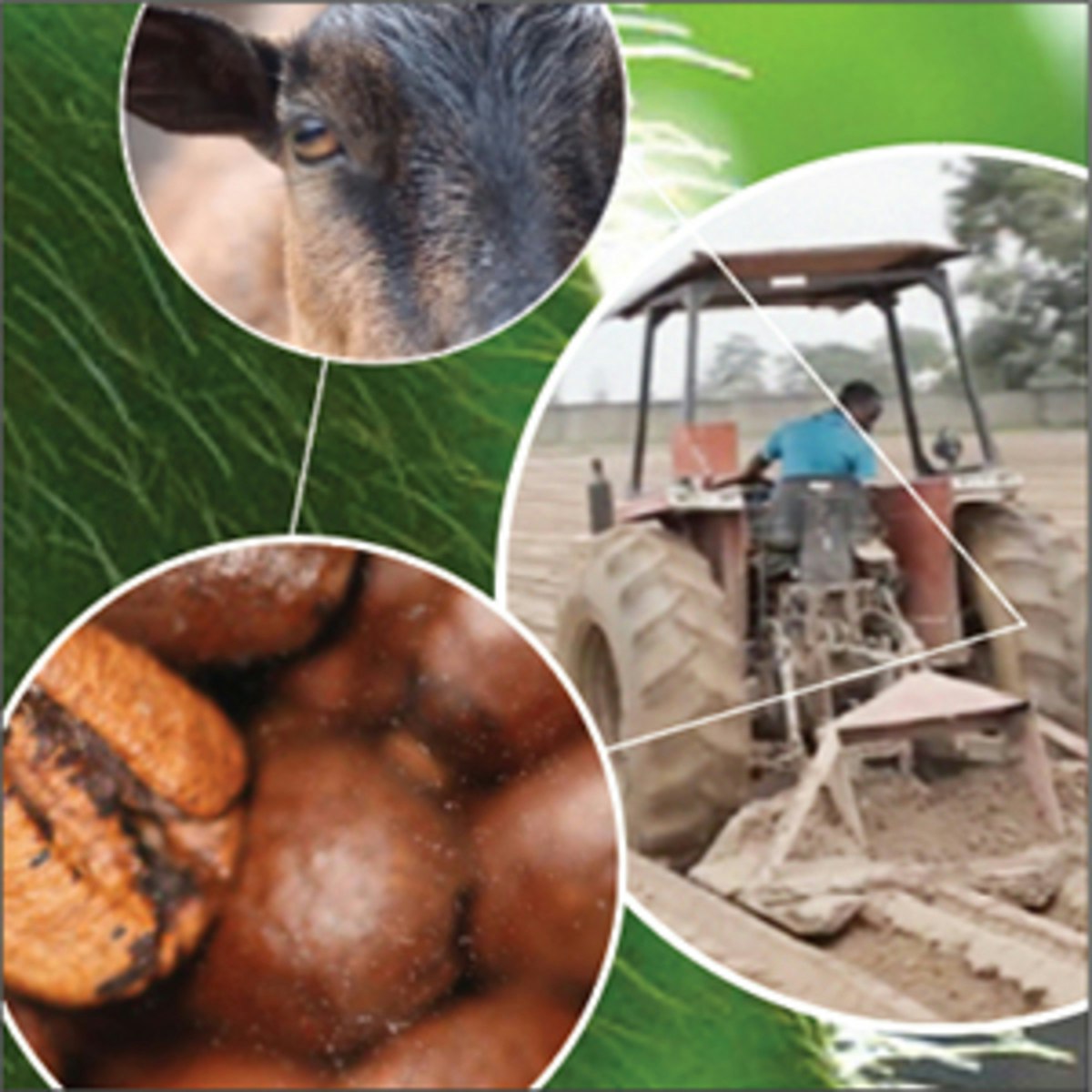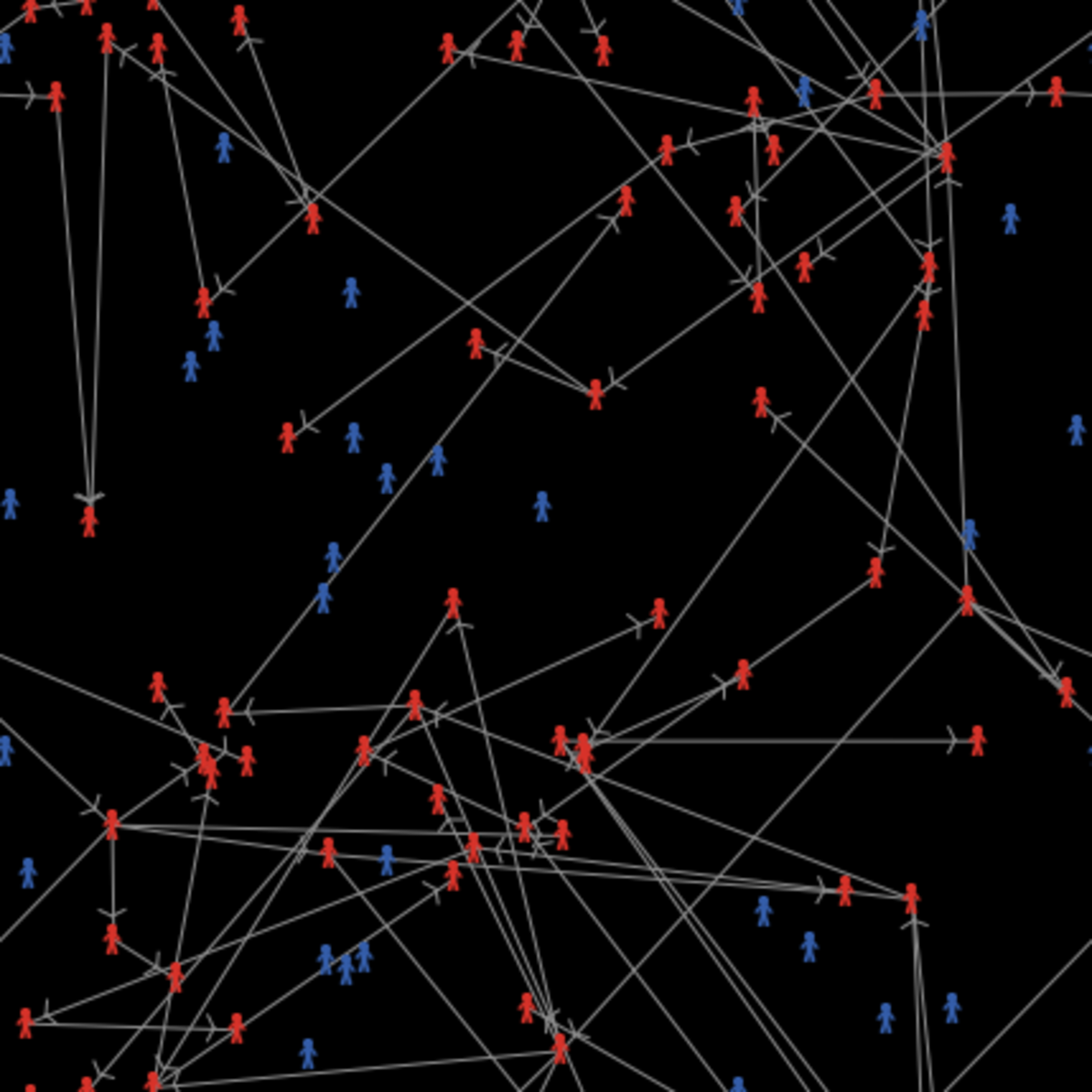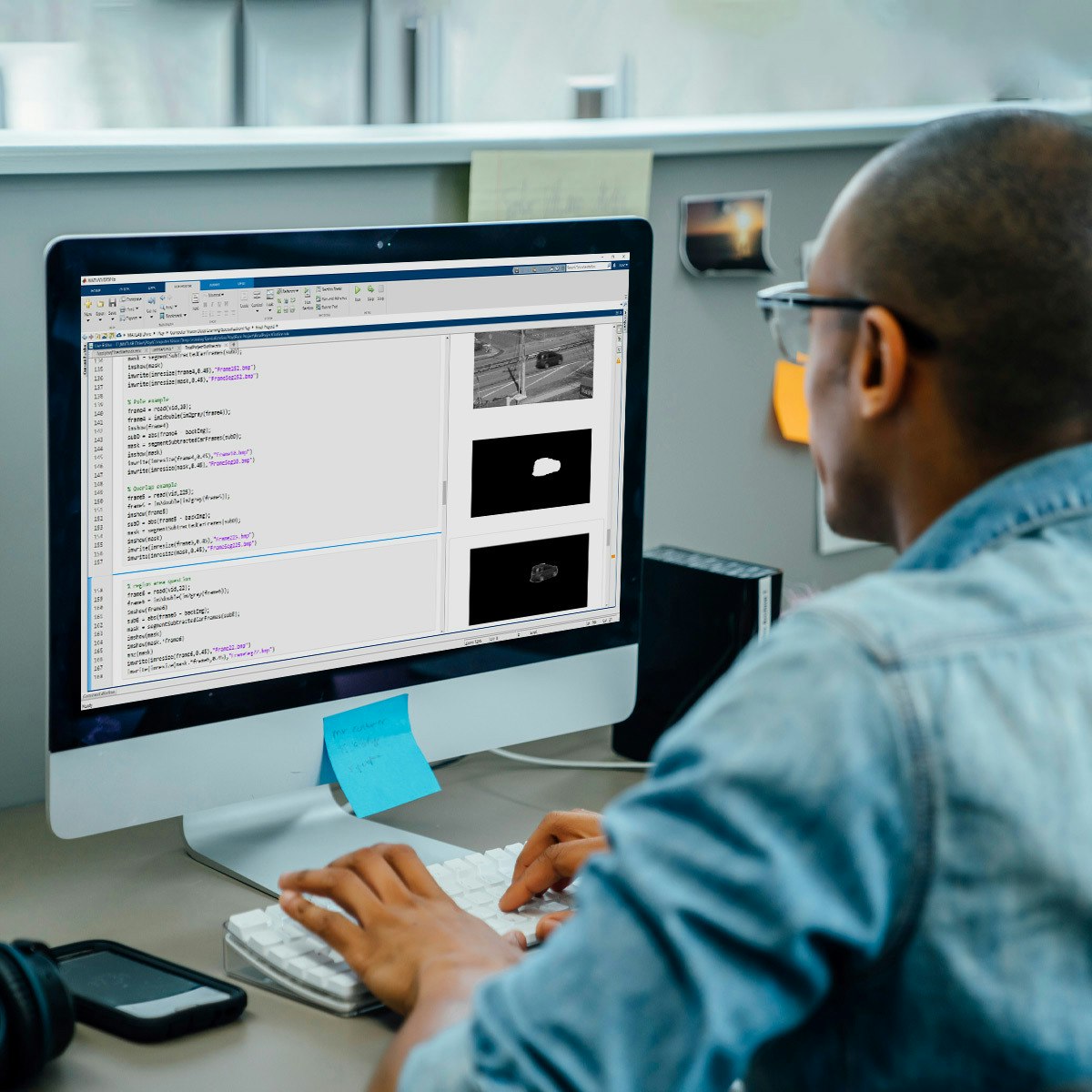Back to Courses









Physical Science And Engineering Courses - Page 23
Showing results 221-230 of 522

Transformation of the Global Food System
The UN predicts we will be 9-10 billion people on Earth in 2050. Providing so many people with nutritious foods is a massive challenge and one that cannot be met by simply upscaling current practices regarding food production and consumption. Providing humanity with nutritional food is at the center of all decisions related to sustainable development.
Agriculture is responsible for 80% of global deforestation. The food systems release 29% of global greenhouse gasses. We use an area equivalent to North and South America combined for the production of meat for consumption or to produce the food necessary to feed the animals we eat. 70% of fresh water use is related to agriculture. These figures are staggering, and they show us, that we need to rethink and transform the way we produce, distribute and consume food worldwide.
This course focuses on how food systems can become more sustainable. It consists of four modules where each focuses on an essential ingredient towards developing more sustainable food systems: (1) Boosting the small, (2) Transforming the big, (3) Losing less and (4) Eating smarter. In each of these key areas, we will meet people from different countries around the world, who labor every day to find and spread solutions that work.
Connecting the challenges that must be overcome to develop a sustainable global food system with the solutions being developed by the amazing group of people you meet in this course has been a huge source of inspiration for me. I truly believe that the global food system can be transformed to sustainably meet the needs of 9-10 billion people and, with this course, I dare you to join me!

Advanced Functional Ceramics
To realize next-generation devices, novel ceramic materials with ultimate physical and chemical properties are required. For this purpose, a few intrinsic and extrinsic approaches for the development of new functional ceramics are proceeding. This course provides the fundamentals of functional ceramics and the materials design rules for developing advanced ceramics with ultimate physical and chemical properties.

Battery State-of-Health (SOH) Estimation
This course can also be taken for academic credit as ECEA 5733, part of CU Boulder’s Master of Science in Electrical Engineering degree.
In this course, you will learn how to implement different state-of-health estimation methods and to evaluate their relative merits. By the end of the course, you will be able to:
- Identify the primary degradation mechanisms that occur in lithium-ion cells and understand how they work
- Execute provided Octave/MATLAB script to estimate total capacity using WLS, WTLS, and AWTLS methods and lab-test data, and to evaluate results
- Compute confidence intervals on total-capacity estimates
- Compute estimates of a cell’s equivalent-series resistance using lab-test data
- Specify the tradeoffs between joint and dual estimation of state and parameters, and steps that must be taken to ensure robust estimates (honors)

Promote your Scientific Results
Whether you are a member of the natural or human science community, if you are a PhD student, professor, part of an academic department or international research team, or self-employed and you wish to showcase your work to a wider audience then this is the perfect course for you. You will learn how to promote your work to professional peers, the general public, as well as the media.
The free version (open to all enrollments) contains:
30 videos (4 and a half total hours) of high-quality lessons conducted by various experts.
Multiple embedded discussions, readings, and reflective tasks (4-5 hours) to further deepen your learning.
Several discussion forums where you can network and collaborate with fellow participants.
Participants who wish to obtain official Coursera certification for their training are invited to carry out and receive passing grades on three peer-reviewed assignments and two quizzes.
In this MOOC, we have been incredibly fortunate to gather a team of experienced professionals from scientific experts, to media specialists, to communication coaches, who frequently appear at conferences and on various face-to-face and online platforms. You will gain key takeaways that you can adapt to your own communication contexts. To further deepen your learning experience, you will collaborate with an international scientific community to reflect on and fine-tune your own skills in pitches, presentations, approach to question and answer sessions, networking, and speaking to the media.
Authors' note: While the course is intended for self-study use, it has also been successfully piloted in flipped classroom English as a Medium of Instruction (EMI) training contexts.
Watch the Teaser here! https://www.youtube.com/watch?v=_FxZTUg_Ntk

Introduction to Biology: Evolution
Evolution is one of the most interesting fields within biology, and one that’s central to a complete understanding of modern biology. We begin by tracing how Charles Darwin developed a theory of evolution by natural selection and the many ways that biologists have advanced the science of evolution since his lifetime. We then go on to learn about the many applications of evolutionary biology to our everyday lives.

BIM Fundamentals for Engineers
The course is designed for students to learn the essential concepts of BIM, and the basic technical skills to create and manipulate a BIM model. Those skills include how to retrieve information from a BIM model and how to use common modeling tools.

Imagery, Automation, and Applications
Welcome to the last course of the specialization (unless your continuing on to the capstone project, of course!).
Using the knowledge you’ve learned about ArcGIS, complete technical tasks such raster calculations and suitability analysis. In this class you will become comfortable with spatial analysis and applications within GIS during four week-long modules:
Week 1: You'll learn all about remotely sensed and satellite imagery, and be introduced to the electromagnetic spectrum. At the end of this week, you'll be able to find and download satellite imagery online and use it for two common types of analysis: NDVI and trained classification.
Week 2: You'll learn how to use ModelBuilder to create large processing workflows that use parameters, preconditions, variables, and a new set of tools. We'll also explore a few topics that we don't really have time to discuss in detail, but might whet your appetite for future learning in other avenues: geocoding, time-enabled data, spatial statistics, and ArcGIS Pro.
Week 3: In week three, we'll make and use digital elevation models using some new, specific tools such as the cut fill tool, hillshades, viewsheds and more. We'll also go through a few common algorithms including a very important one: the suitability analysis.
Week 4: We'll begin the final week by talking about a few spatial analyst tools we haven't yet touched on in the specialization: Region Group to make our own zones, Focal Statistics to smooth a hillshade, Reclassify to change values, and Point Density to create a density surface. Finally, we'll wrap up by talking about a few more things that you might want to explore more as you start working on learning about GIS topics on your own.
Take Geospatial and Environmental Analysis as a standalone course or as part of the Geographic Information Systems (GIS) Specialization. You should have equivalent experience to completing the first, second, and third courses in this specialization, "Fundamentals of GIS," "GIS Data Formats, Design, and Quality", and "Geospatial and Environmental Analysis," respectively, before taking this course. By completing the fourth class you will gain the skills needed to succeed in the Specialization capstone.

Linear Circuits 1: DC Analysis
This course explains how to analyze circuits that have direct current (DC) current or voltage sources. A DC source is one that is constant. Circuits with resistors, capacitors, and inductors are covered, both analytically and experimentally. Some practical applications in sensors are demonstrated.

Introduction to Agent-based Modeling with NetLogo
In this 2-hour long project-based course, you will create an agent-based model (ABM) that simulates the spread of a hypothetical virus through close contact between agents in a virtual world. By doing so, you will learn about the wonders of agent-based modeling as a paradigm, as well as the basics of NetLogo - one of the most famous and powerful simulation environments in this realm.
One of the beauties of ABM is that we can often observe emergent properties arising from the coded interactions between agents in the simulated world. Therefore, by experimenting with different interaction rules and parameters, we can gain an intuitive understanding of the underlying dynamics of varied complex phenomena. Such skills are extremely valuable for any decision making position, as well as for education, especially in a world where interconnectivity seems to be ubiquitous.
In this way, this model and project are highly attuned to the global pandemic that we’re facing due to the spread of the Coronavirus.
Note: This course works best for learners who are based in the North America region. We’re currently working on providing the same experience in other regions.

Automating Image Processing
In this course, you will build on the skills acquired in Image Segmentation, Filtering, and Region Analysis to explore large sets of images and video files. It’s impractical to manually inspect results in large data sets. Automating image processing allows you to do your work more efficiently.
At the end of this course, you’ll apply all the skills learned in this specialization to a final project. You’ll take the role of an engineer being asked to monitor traffic on a busy road. You’ll detect cars from a noisy video and analyze the results.
You will use MATLAB throughout this course. MATLAB is the go-to choice for millions of people working in engineering and science, and provides the capabilities you need to accomplish your image processing tasks. You will be provided with free access to MATLAB for the duration of the course to complete your work.
To be successful in this course you should have a background in basic math and some exposure to MATLAB. If you want to familiarize yourself with MATLAB check out the free, two-hour MATLAB Onramp. Experience with image processing is not required.
Popular Internships and Jobs by Categories
Find Jobs & Internships
Browse
© 2024 BoostGrad | All rights reserved